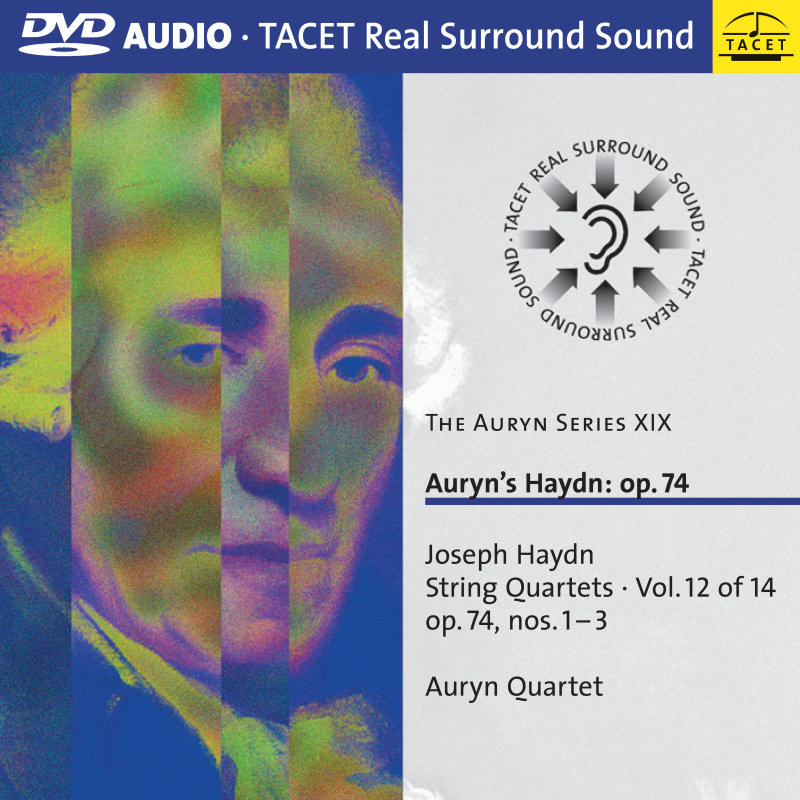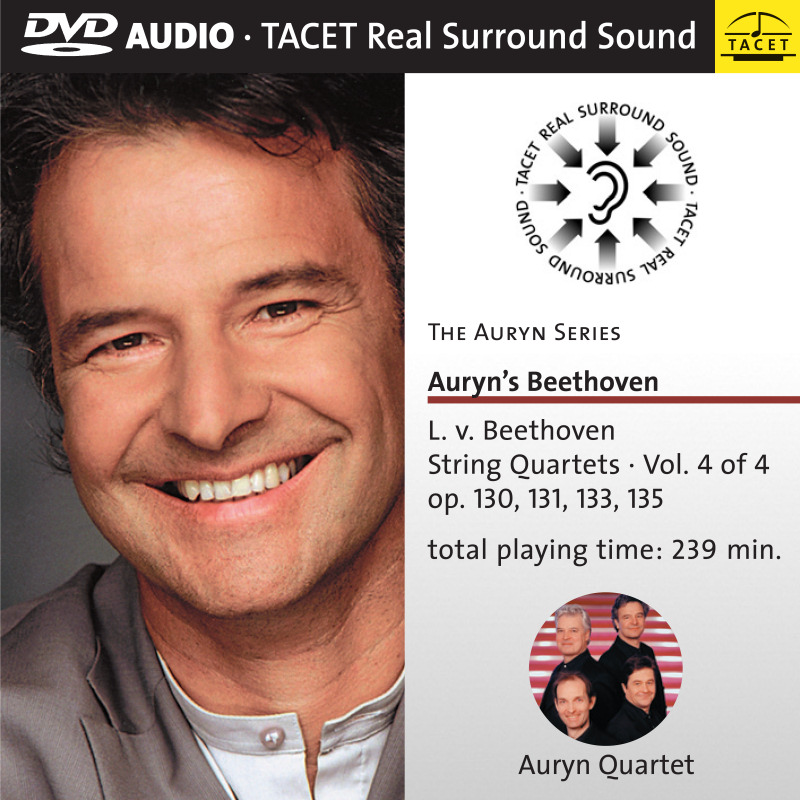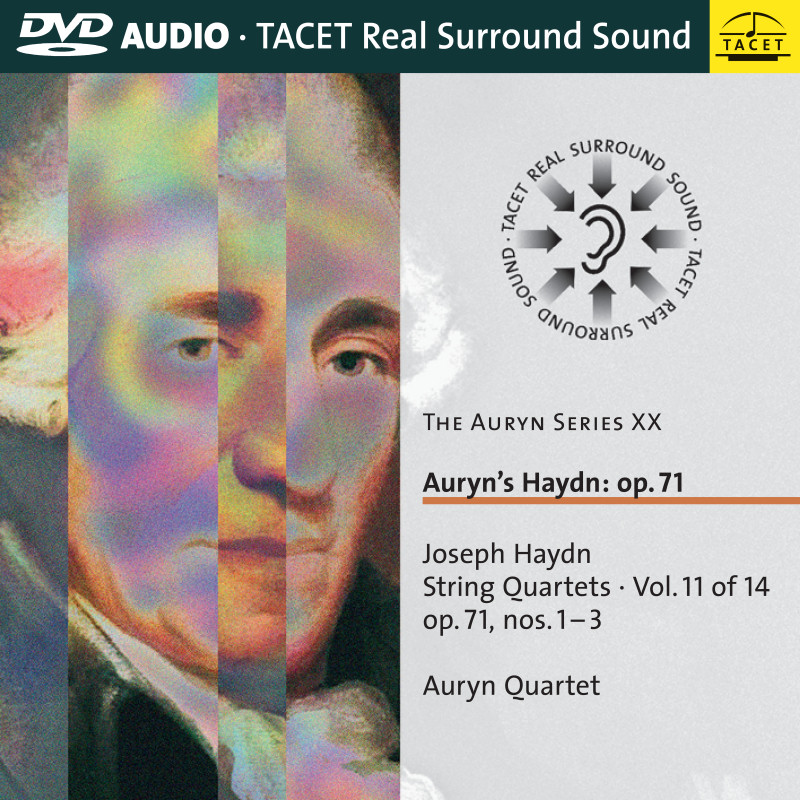wanners
400 Club - QQ All-Star
Here's a little more. this is really good stuff. Between Morten and Andreas, maybe there is good future at least for multichannel classical.
"A senior Norwegian HiFi journalist visited our studio recently. Prior to our listening session I explained to him how we recorded MOZART and DIVERTIMENTI with the orchestra in a circle, all musicians facing each other – surrounding the listener. He rose from his chair and wanted to leave. I begged him to listen - and he stayed for three hours; leaving us with the conclusion: “Now I need to go home and write an article apologising all my readers for the thirty years I have misguided them in stereo. Surround sound is the real thing.”
However, it is the team's attitude to surround sound, which they started working seriously in 2000, that puts them in a completely different league from most multi channel classical engineers. They're not scared to experiment and to put the listener in the thick of the music rather than in a seat at one end of the hall. They've made recordings with the orchestra in the front and the choir behind and the musical results are remarkable. Planning and discussions with the musicians create trust and a sense of occasion and excitement that translates onto the recordings. "The tools we have even with a good surround set up is not a perfect way to bring an audience to the concert hall; we still have to work the art of illusions," says Morten Lindberg. "This is one of the ways to do that - to bring the listener into the music and in among the musicians to be a part of it." That's not to say that they won't record in a more traditional surround format but they allow the venue, repertoire and musicians to suggest a configuration to them. It's a healthy attitude towards multi channel that doesn't hide behind the usual excuses of worrying about integrity of listener's loudspeaker layout. They're recording surround for those who want to listen in surround and the stereo layer of the hybrid disc is there for those who don't.
"A senior Norwegian HiFi journalist visited our studio recently. Prior to our listening session I explained to him how we recorded MOZART and DIVERTIMENTI with the orchestra in a circle, all musicians facing each other – surrounding the listener. He rose from his chair and wanted to leave. I begged him to listen - and he stayed for three hours; leaving us with the conclusion: “Now I need to go home and write an article apologising all my readers for the thirty years I have misguided them in stereo. Surround sound is the real thing.”
However, it is the team's attitude to surround sound, which they started working seriously in 2000, that puts them in a completely different league from most multi channel classical engineers. They're not scared to experiment and to put the listener in the thick of the music rather than in a seat at one end of the hall. They've made recordings with the orchestra in the front and the choir behind and the musical results are remarkable. Planning and discussions with the musicians create trust and a sense of occasion and excitement that translates onto the recordings. "The tools we have even with a good surround set up is not a perfect way to bring an audience to the concert hall; we still have to work the art of illusions," says Morten Lindberg. "This is one of the ways to do that - to bring the listener into the music and in among the musicians to be a part of it." That's not to say that they won't record in a more traditional surround format but they allow the venue, repertoire and musicians to suggest a configuration to them. It's a healthy attitude towards multi channel that doesn't hide behind the usual excuses of worrying about integrity of listener's loudspeaker layout. They're recording surround for those who want to listen in surround and the stereo layer of the hybrid disc is there for those who don't.


























